14.09.2024
SpaceX Monday plans: Falcon 9 launch from Cape Canaveral to deliver Galileo satellites
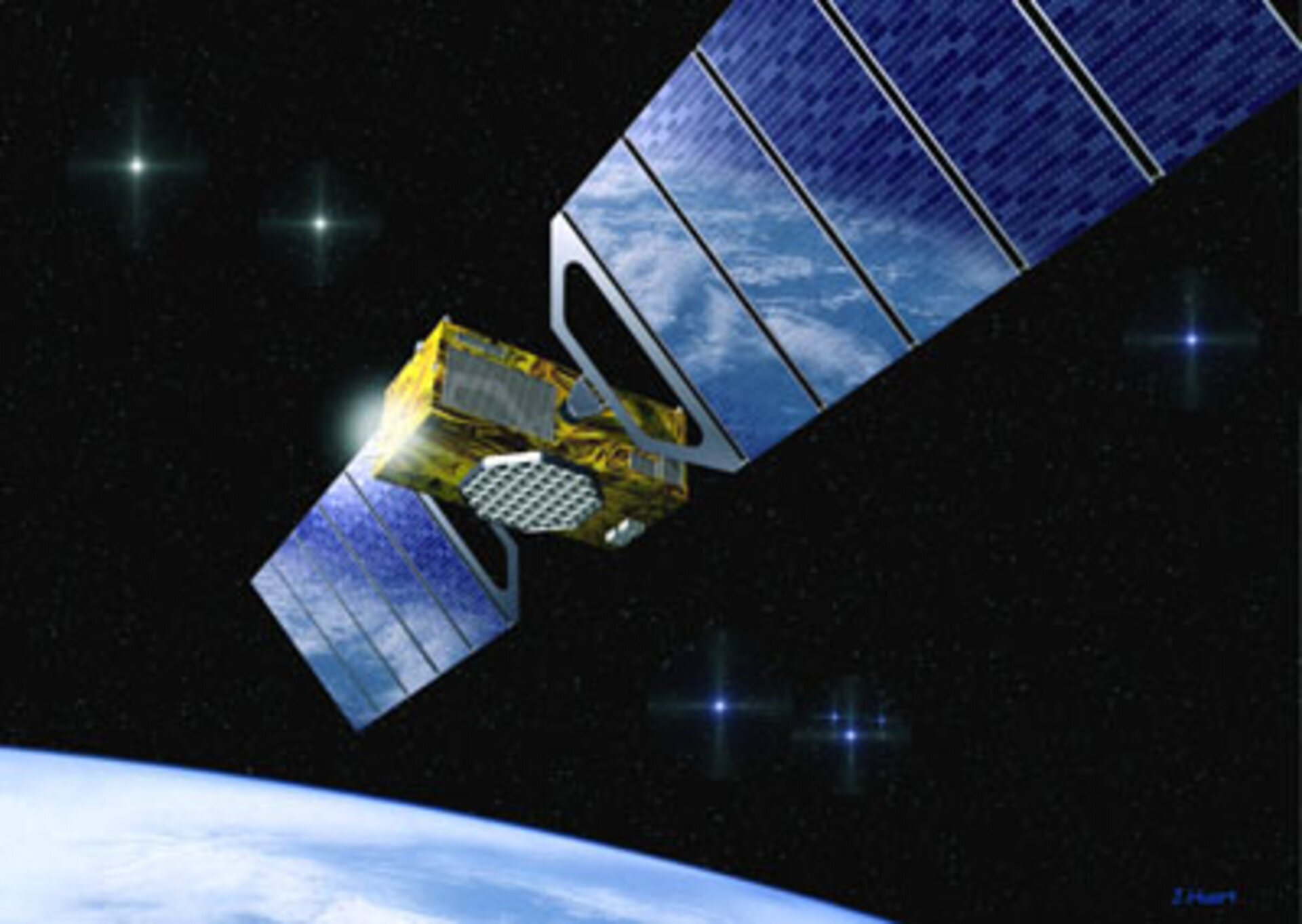
Coming off an eventful week, SpaceX isn't slowing down. Now on Monday evening, the space company plans to launch the next two Galileo satellites into orbit for the European Space Agency (ESA).
According to an FAA advisory, the launch window extends from 6:44 p.m. to 7:35 p.m. EDT from Cape Canaveral Space Launch Complex 40. As of Saturday afternoon, SpaceX had yet to confirm this mission.
When is the next Florida rocket launch? Is there a launch today? Upcoming SpaceX, NASA, Blue Origin rocket launch schedule from Florida
ESA Galileo satellites to launch on SpaceX Falcon 9
These Galileo satellites are the latest in the navigational satellite constellation, which according to ESA is "the world’s most precise satellite navigation system." First launched commercially in 2017, the constellation serves over four billion smartphone customers around the world. Most of the smartphones currently sold in Europe run the navigational service. Galileo is compatible with GPS and Glonass, which is the Russian navigational system.
The last time SpaceX was contracted to launch these satellites was in late April. Those two satellites, known as 29 and 30, have been tested and are currently providing service. Sunday's launch will deliver satellites 31 and 32.
Quelle: Florida Today
----
Update: 18.09.2024
.
On Tuesday, September 17 at 6:50 p.m. ET, Falcon 9 launched the European Commission’s Galileo L13 mission to orbit from to medium Earth orbit from Space Launch Complex 40 (SLC-40) at Cape Canaveral Space Force Station in Florida.
This was the 22nd flight of the first stage booster supporting this mission, which previously launched CRS-22, Crew-3, Turksat 5B, Crew-4, CRS-25, Eutelsat HOTBIRD 13G, O3B mPOWER, PSN SATRIA, Telkomsat Marah Putih 2, and 12 Starlink missions.
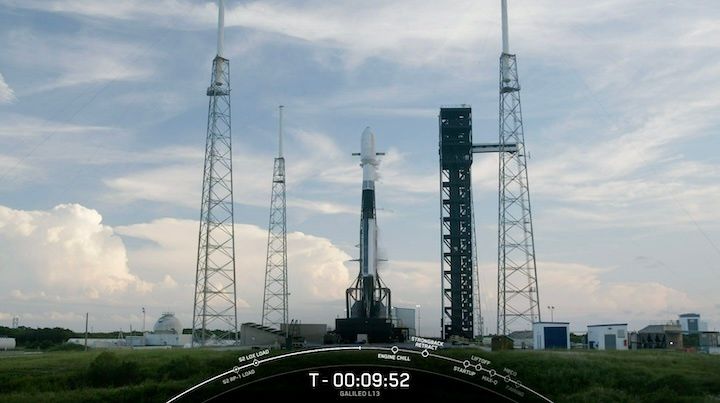

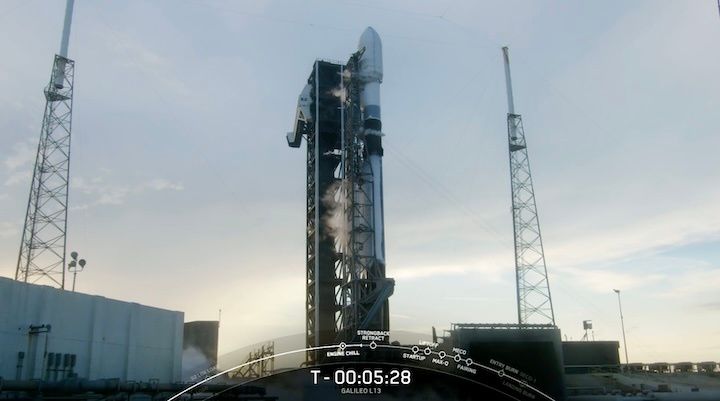
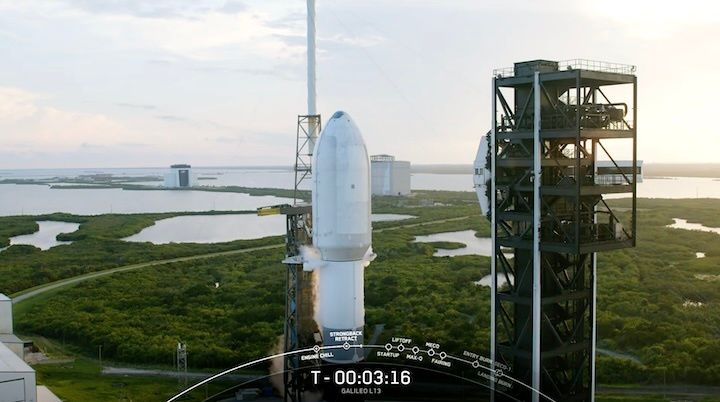
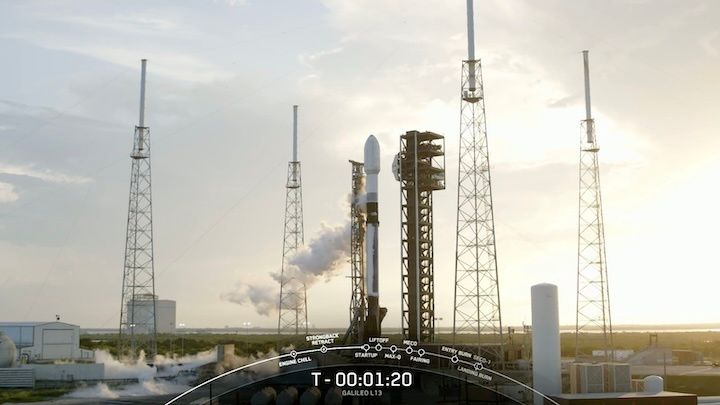
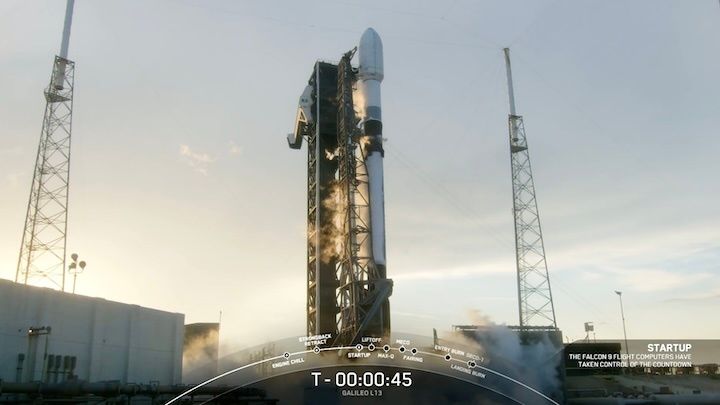

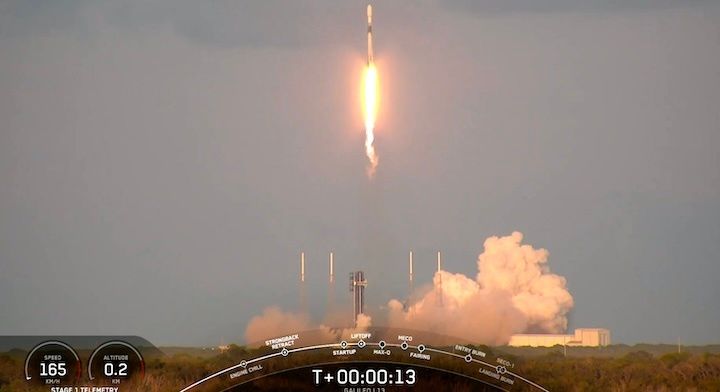
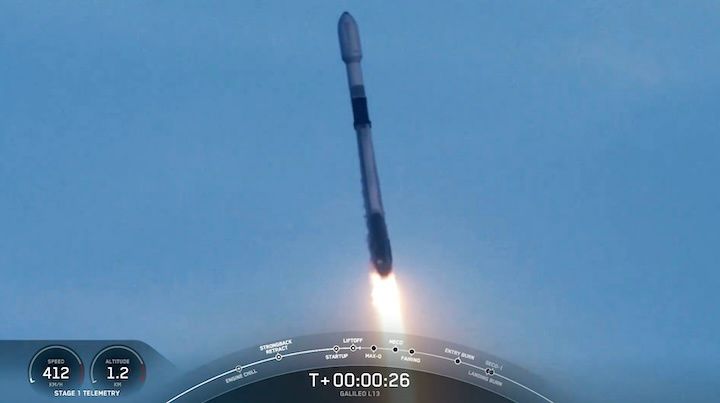
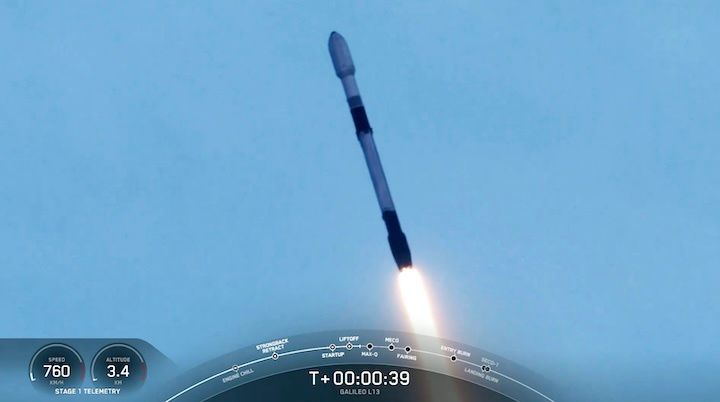
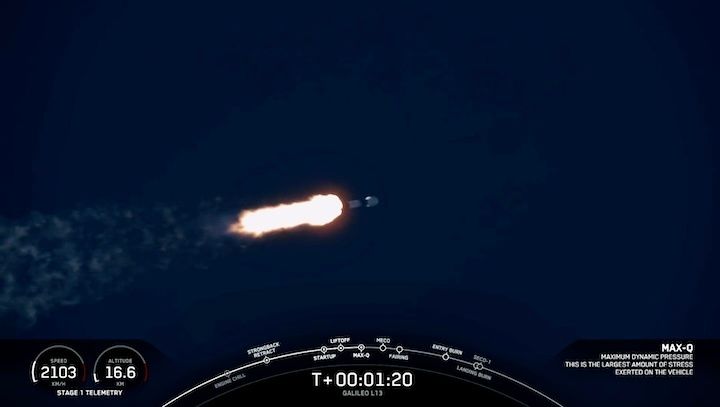
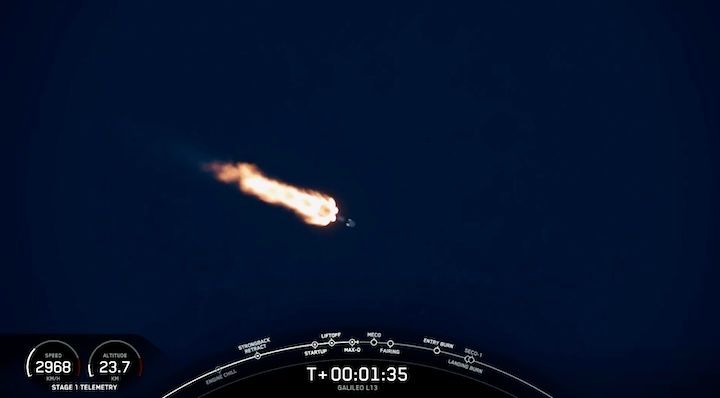
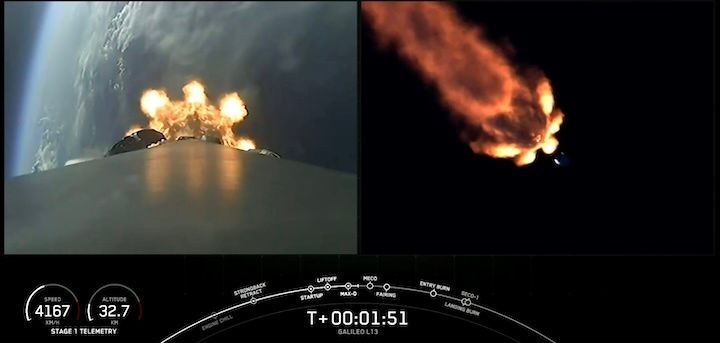
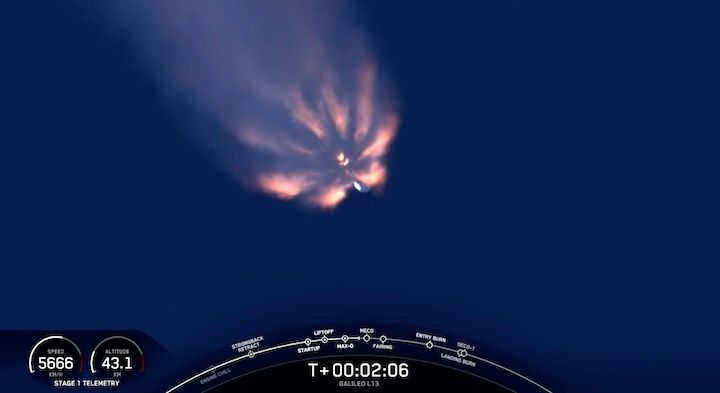
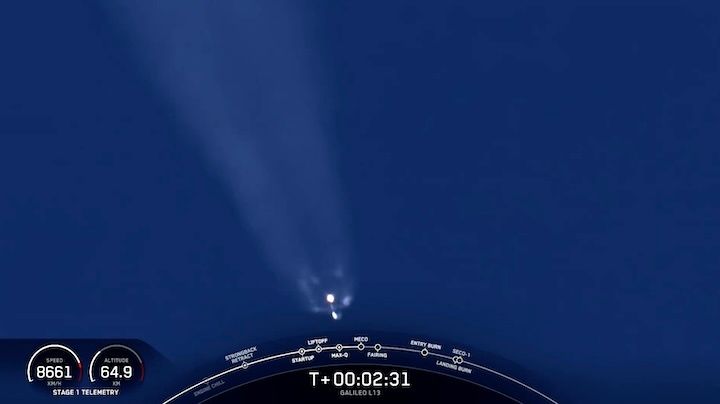

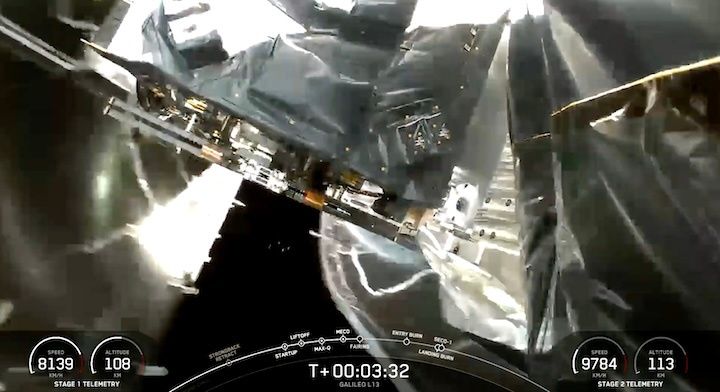
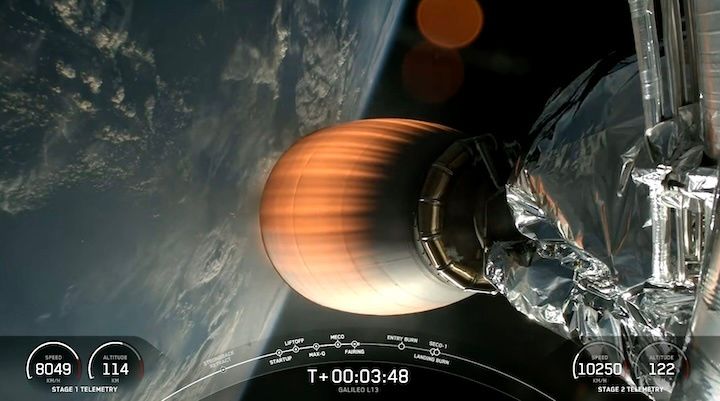
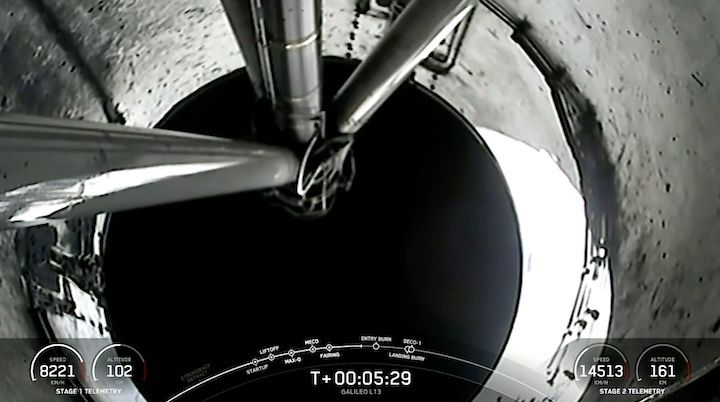
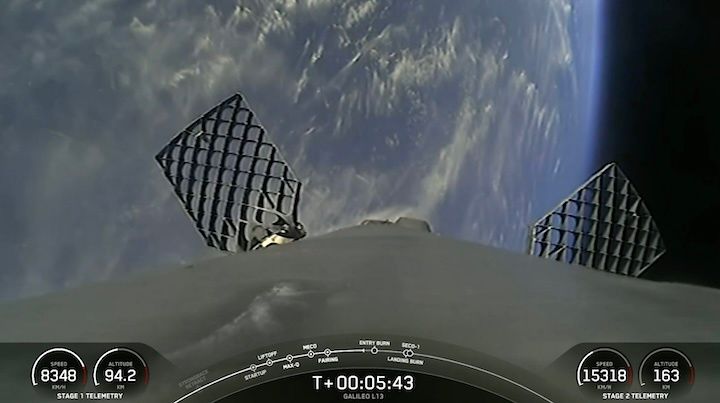
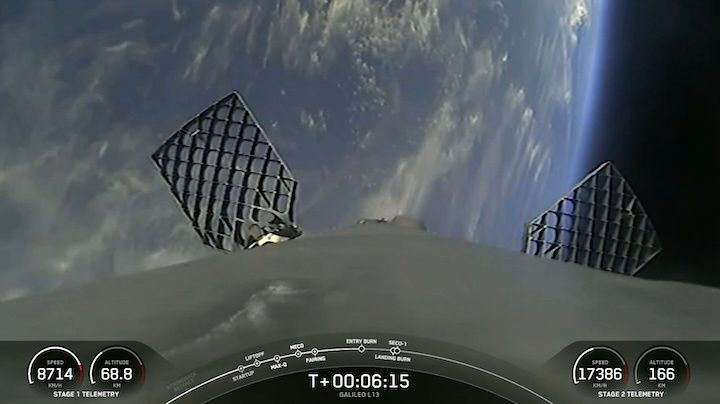
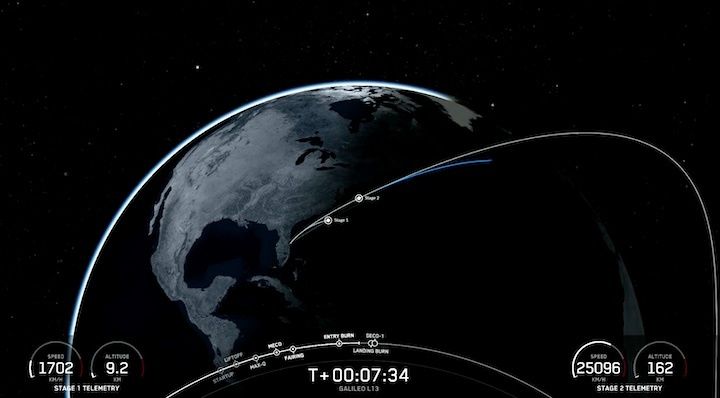
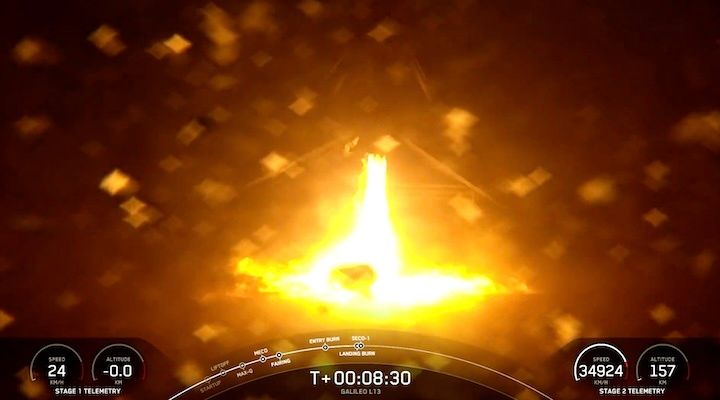
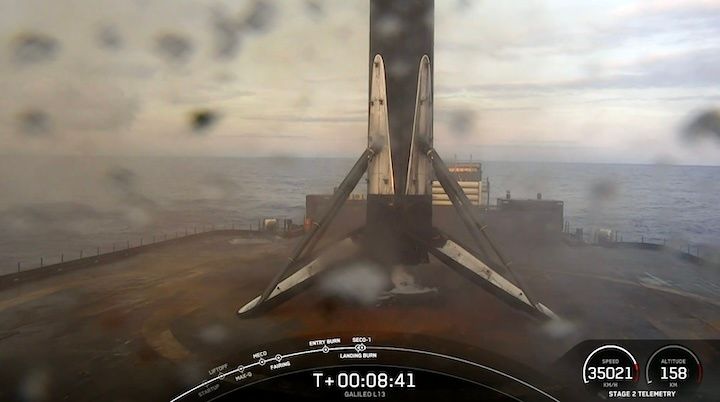
Quelle: SpaceX
